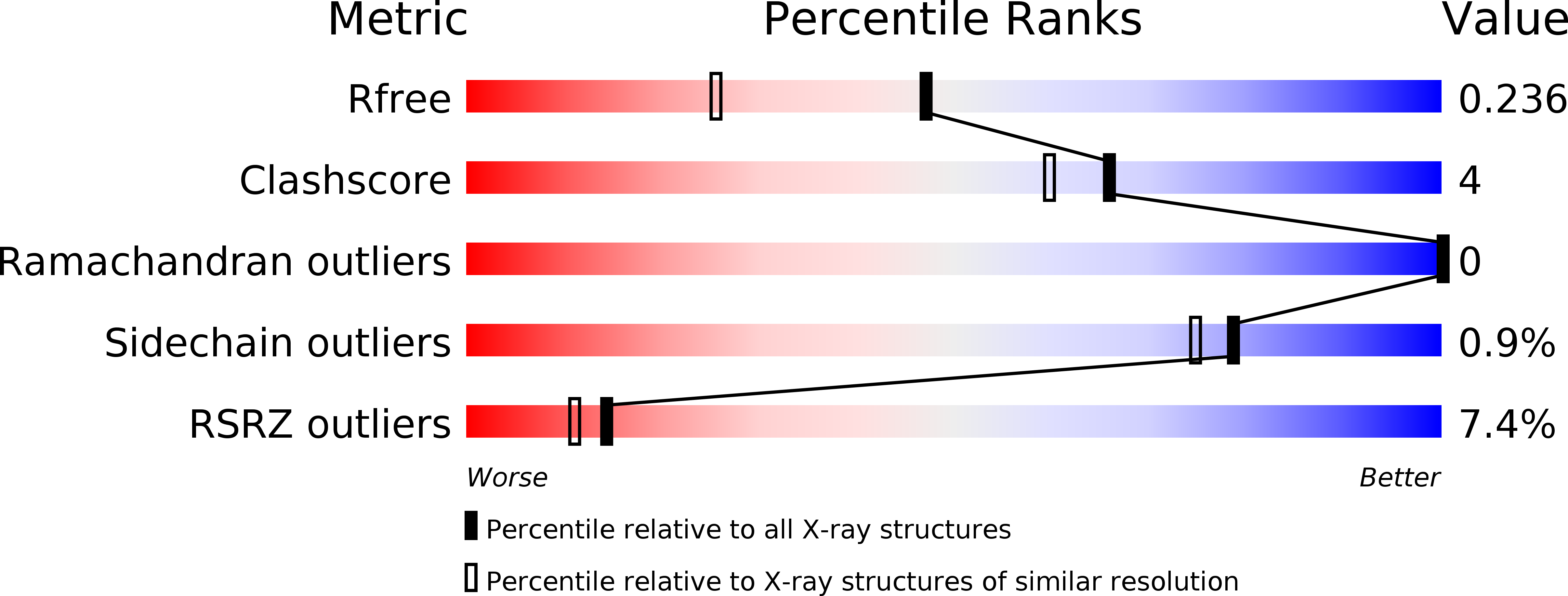
Deposition Date
2009-11-11
Release Date
2010-06-02
Last Version Date
2023-09-06
Entry Detail
PDB ID:
3KMR
Keywords:
Title:
Crystal structure of RARalpha ligand binding domain in complex with an agonist ligand (Am580) and a coactivator fragment
Biological Source:
Source Organism:
Homo sapiens (Taxon ID: 9606)
Host Organism:
Method Details:
Experimental Method:
Resolution:
1.80 Å
R-Value Free:
0.23
R-Value Work:
0.19
R-Value Observed:
0.19
Space Group:
C 1 2 1


